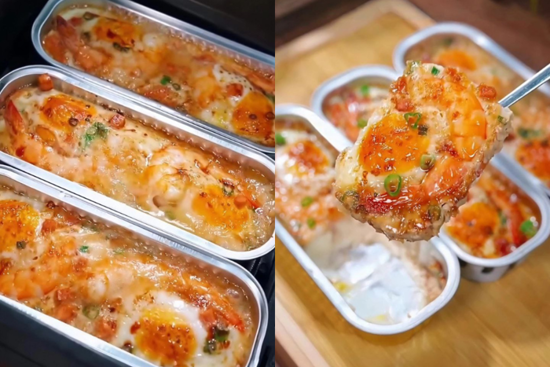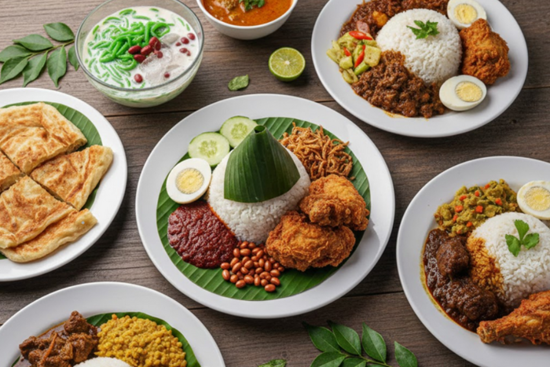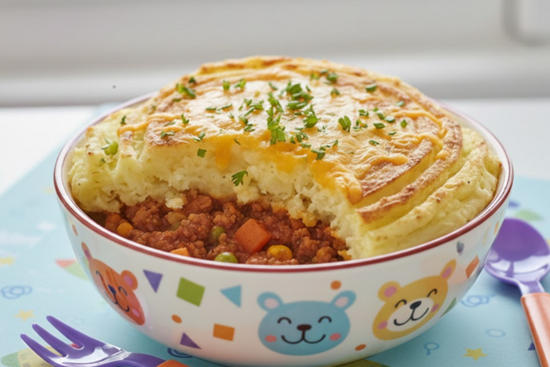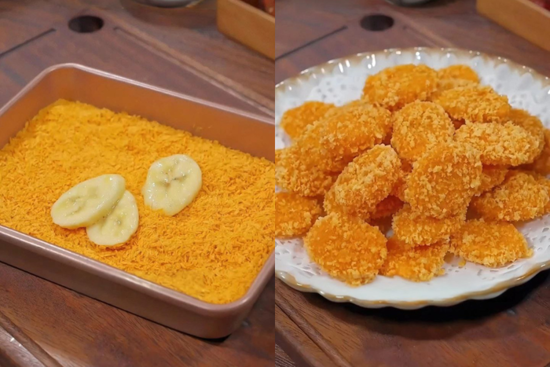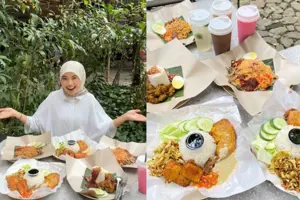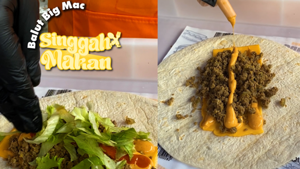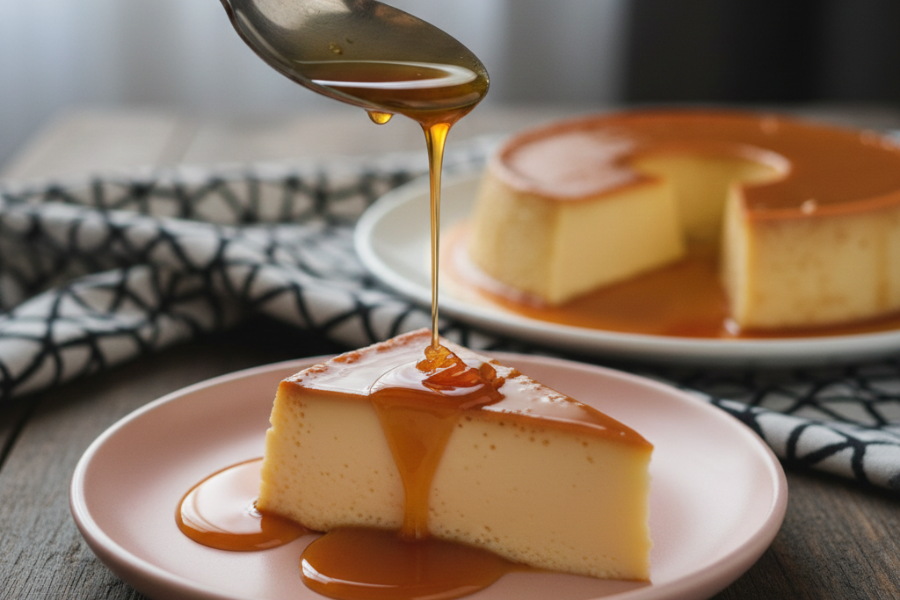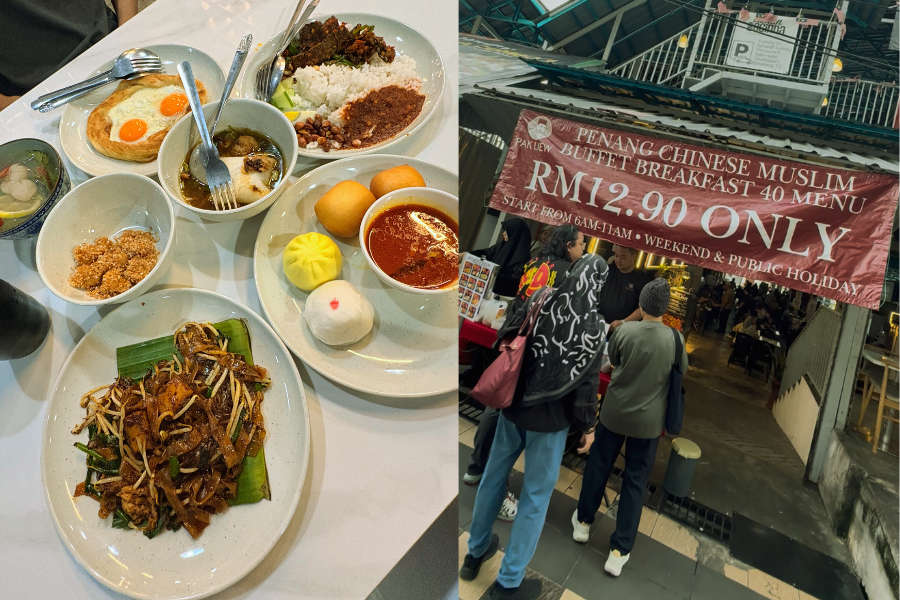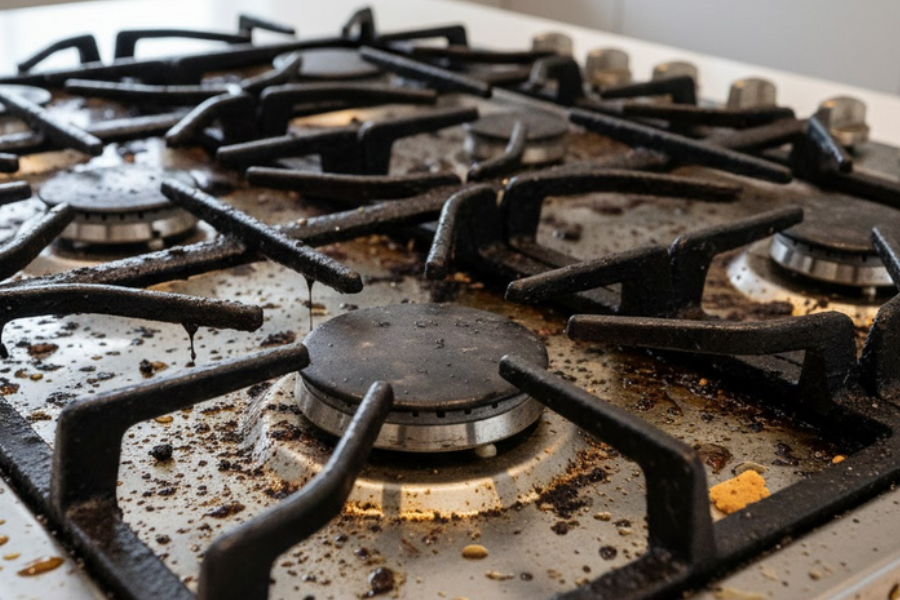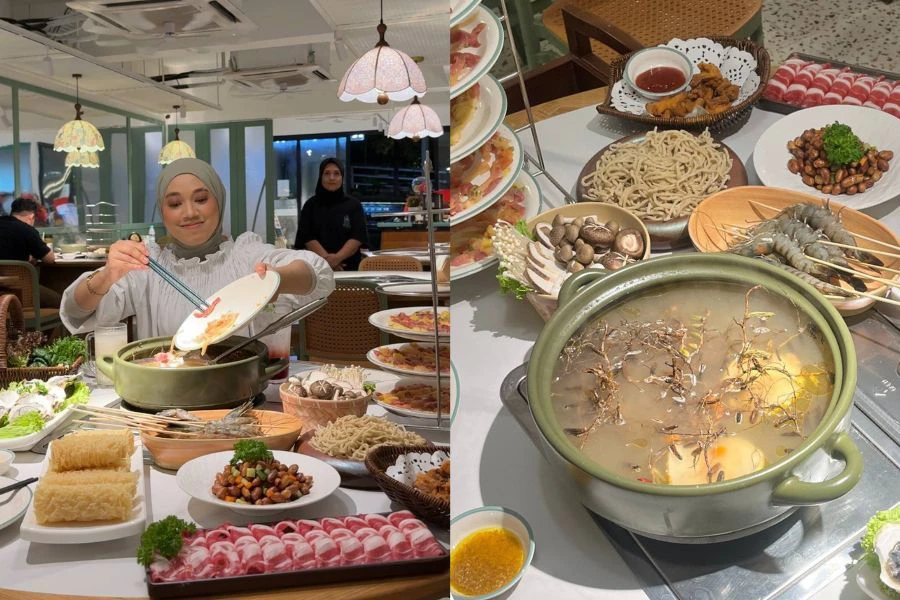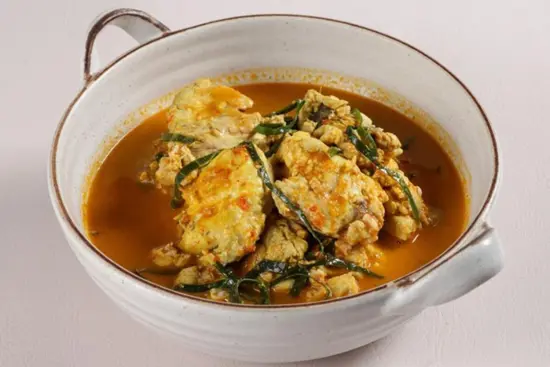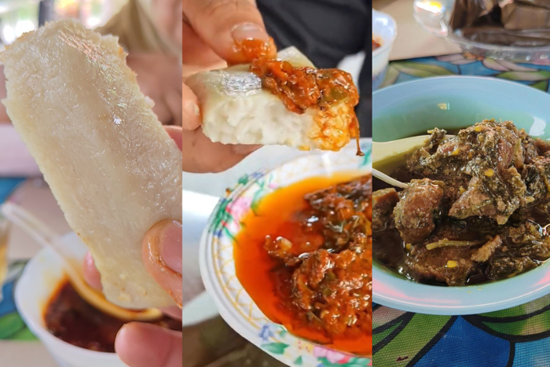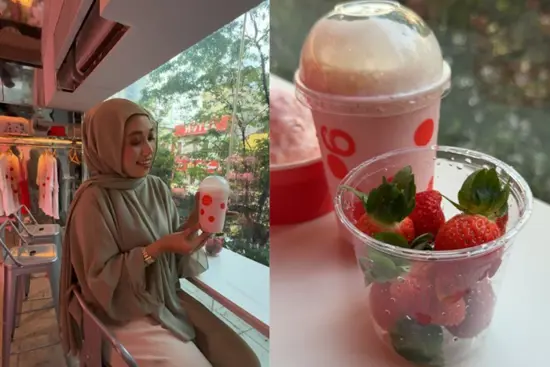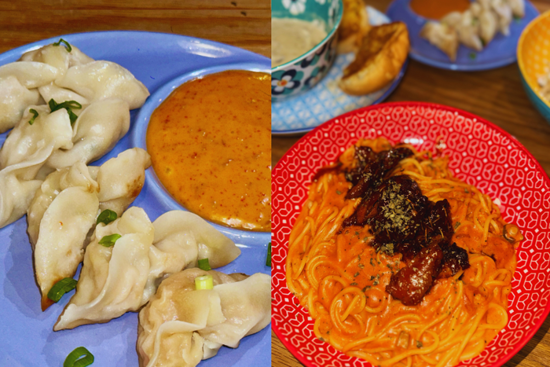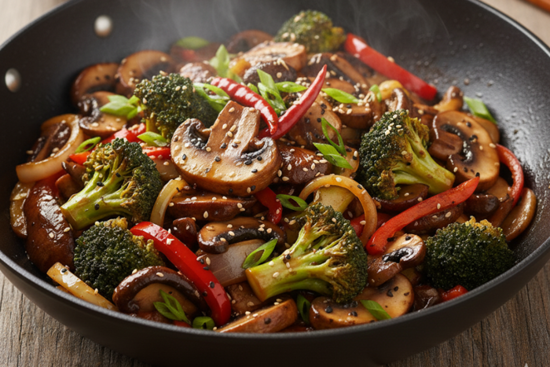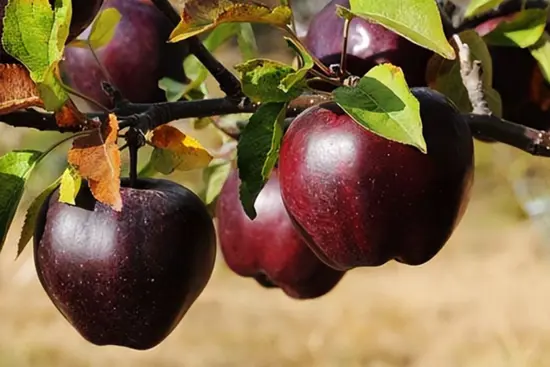terkini
Trending
Resipi & Bakeri
Singgah Makan
Lebih Menarik
KUALI | Menu Selebriti
[V] Dipaksa belajar masak sejak remaja, didikan tegas ibu buat Adriana Adnan bersyukur... Sekarang hari-hari masak untuk suami
NAK melawan takut jadi anak derhaka pula...
KUALI | Trending
Peniaga tergamam individu minta 'sponsor' 180 pek tiramisu, beri alasan permintaan majikan - “Bos semua cakap sedap”
TAK tahu malu betul, boleh pula dia minta sponsor 180 pek tiramisu.
KUALI | Trending
Tak masuk akal! Seekor ikan tuna dijual RM6 juta, simbolik tuah dan keberuntungan di Jepun
Harga seekor tuna gergasi boleh beli kereta mewah!
KUALI | Trending
Dua tahun beroperasi, Shiha Zikir tutup kedai nasi ayam cawangan Shah Alam
SEMOGA urusan perniagaan Shiha dipermudahkan!
KUALI | Trending
Malaysia terpelanting dari senarai 100 kota kulinari terbaik dunia, netizen panas hati!
YANG buat senarai ini mungkin tak habis pusing Malaysia agaknya kot!
KUALI | Tip & Trik
Rutin kecantikan wanita 80-an kembali viral, pupur telur putih dan madu rahsia kulit gebu
KAGUM dengan kecantikan kulit mak-mak, halus je!
KUALI | Resipi Moden
Tumis brokoli cendawan, hidangan bergizi pikat selera anak masa cuti sekolah
CUTI sekolah ni mak-mak kena rajin masak kat rumah!
KUALI | Trending
Epal black diamond lebih manis daripada madu, hanya 'hidup' di pergunungan Tibet... Harganya cecah RM30 sebiji
BUAH epal ini hanya boleh ditemui di Tibet, China!
KUALI | Nutrisi
Kulit limau melegakan tekanan, buahnya pula bekalan nutrisi baik untuk badan
AROMA sitrus masam tajam memang menyegarkan!
KUALI | Trending
“Amoi suka masak, abang suka makan” - Aisha Tan dan Azrul kongsi pertemuan pertama, kepak ayam cola perkenal Soya Belacan di media sosial
RASA macam nak beristerikan amoi pandai masak pulak...
